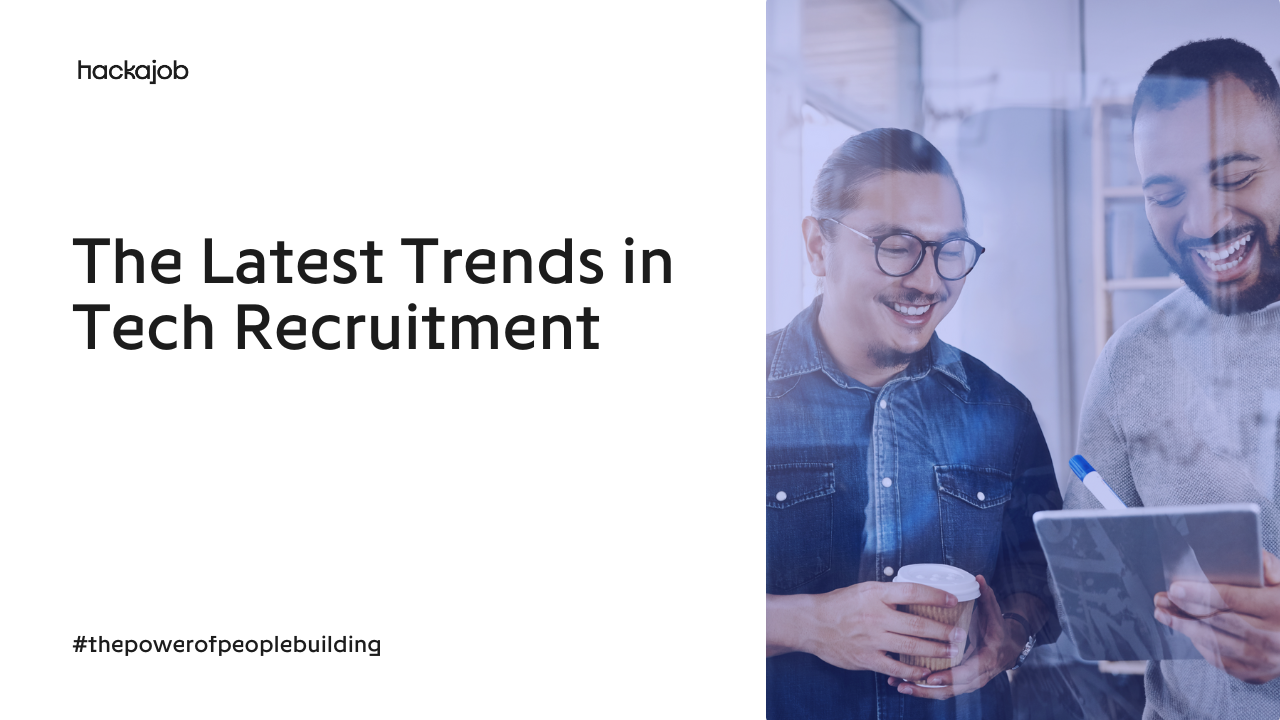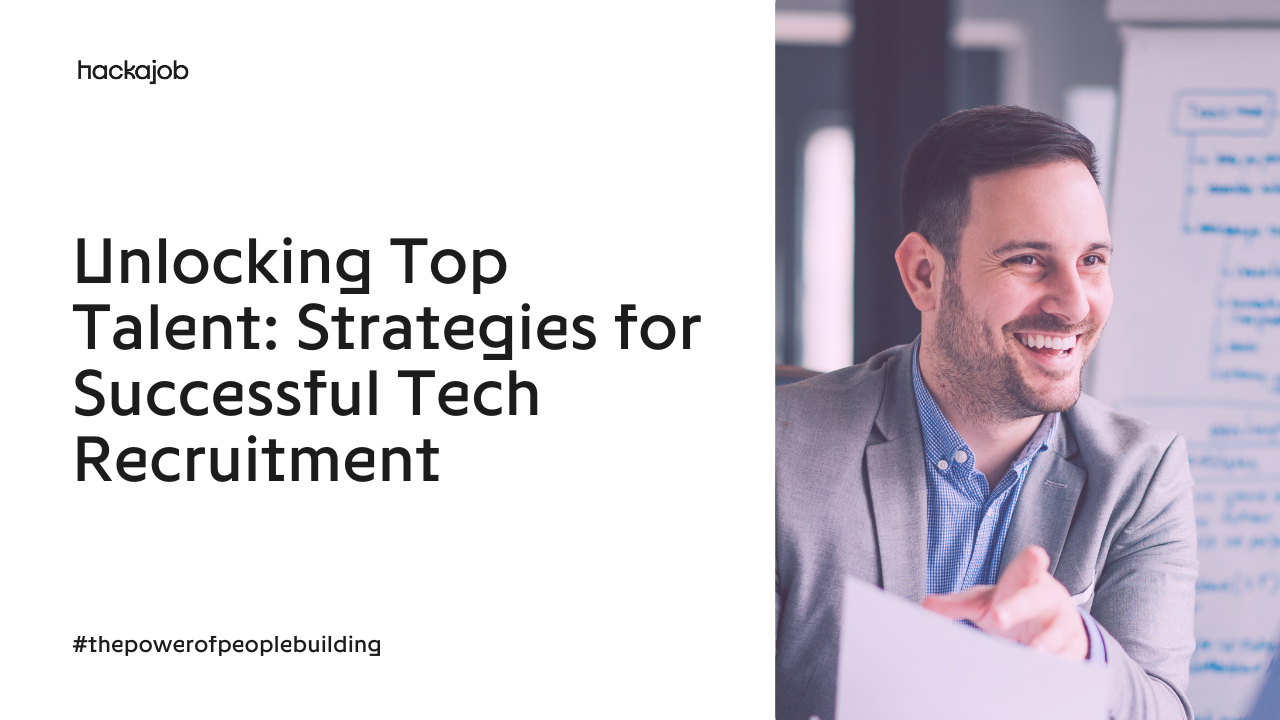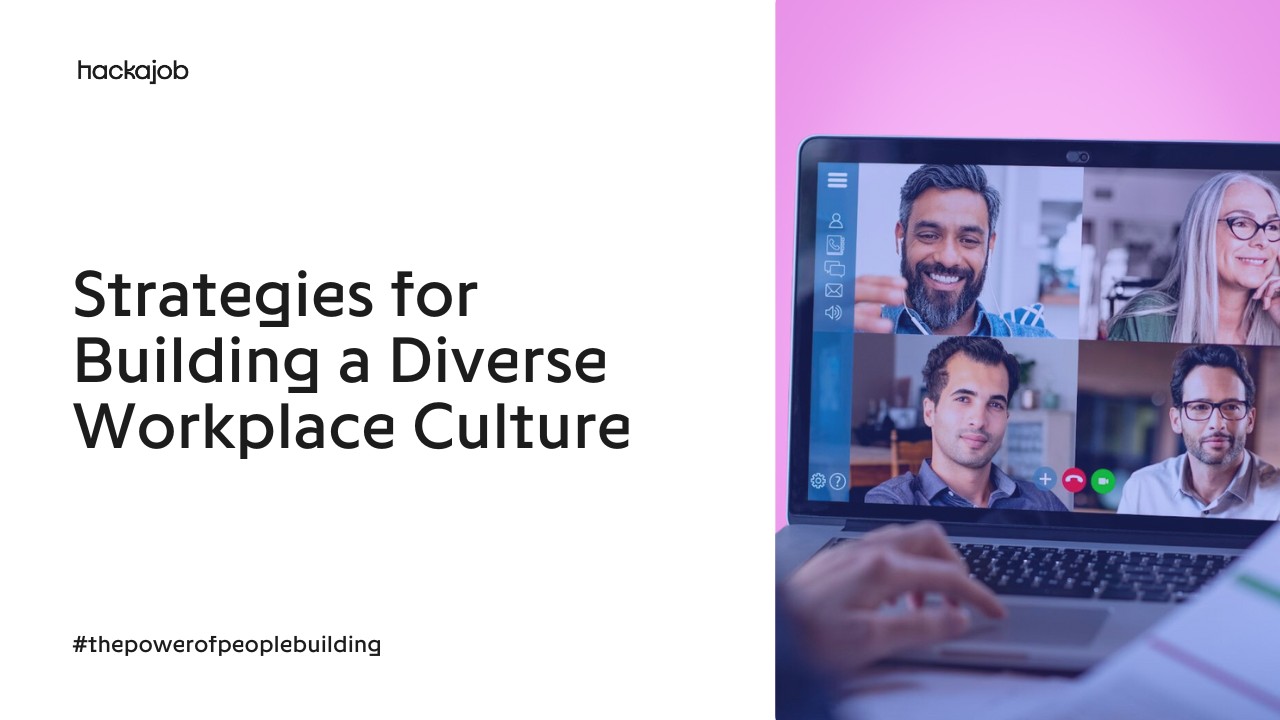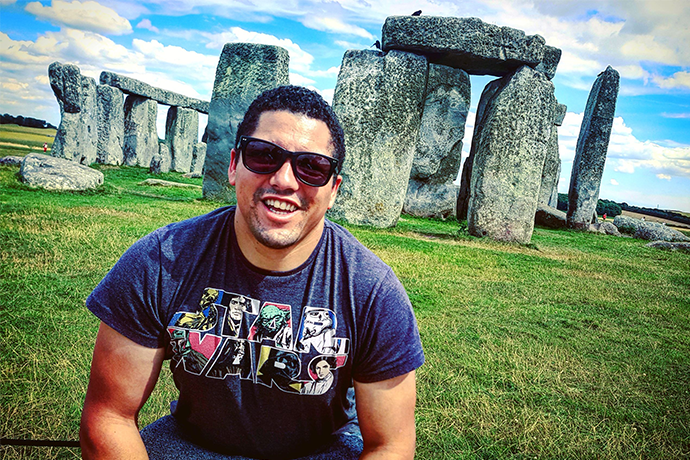Taking place in Vodafone UK’s London V Lab, we’ve compiled the top 5 things we learned from ‘Achieving Diversity in Tech: Why actions speak louder than words’.
On Wednesday 26 June, we welcomed 75+ tech leaders and professionals for an evening of thought-provoking conversation and networking at our event, ‘Achieving Diversity in Tech: why actions speak louder than words’. Kindly hosted by Vodafone in their V Lab, we had the pleasure of hearing from Libby Vincent, Head of Business Analysis, Just Eat, Jennifer Raffery, Head of Technology Delivery, IRESS, Ben Connolly, Head of Digital Engineering, Vodafone UK and Marta Lia Requeijo, Money Laundering Reporting Officer, GoCardless. Moderated by our very own COO and Co-Founder, Mark Chaffey, the discussion offered practical solutions for organisations trying to improve their internal commitment to diversity and led to some interesting debate.
Diversity is the iPod of Inclusivity
When it comes to inclusion in the workplace, people need to be given opportunities and as Jennifer Rafferty, Head of Technology Delivery, IRESS, pointed out, diversity does not just apply to gender. In fact, it’s about empowering individuals and appreciating their differences regardless of age, gender, religion, disability, ethnicity, education, national origin and sexual orientation. Libby Vincent, Head of Business Analysis at JUST EAT agreed. Telling us about how tech is actually her second career, she mentioned that she has no formal qualifications and notices that there aren’t a lot of people like her within the wider working world.
Competence NOT Confidence
As Ben Connolly, Head of Digital Engineering at Vodafone mentioned, we shouldn’t be fixated on the ‘typical’ education route or degrees. At Vodafone, apprenticeships are highly encouraged and the engineering team also partners with Makers Academy. In fact, they feel that a paired programming exercise can tell you far more about a person’s skill set than a traditional CV can. One of the best things that came out of the entire conversation? How we should be embracing every kind of diversity, including kinds that may not be visible. Make sure to find out if any adjustments need to be made and make them happen. For example, some people may require a quieter working environment (not everyone loves an open plan office with designated ‘ideas’ spaces), or you may need to remember that you’re not going to get good eye contact from every single employee as an example.
Do NOT Recruit in Your Own Image
All of our panellists agreed that working closely with your internal recruitment team is critical to the success of your hires. Asking questions such as ‘HOW are you going to source candidates’ and ‘WHAT kinds of questions are you going to ask?’ is a good starting point to monitoring the overall recruitment process. It’s also crucial to remember that TIME is key to hiring well. Taking time to make sure that you find the right person for the role instead of someone to fill a position ASAP will help you build a better company culture both now and in the long run. Like Marta Lia Reqeijo, Money Reporting Laundering Officer at GoCardless commented, it’s useful to have both introverts and extroverts within a business, especially as both can provide much-added value. Not hiring someone because ‘they don’t have the company DNA’ is not a valid reason and shouldn’t fly at any organisation.
Never Be Afraid to Call Out Your Peers
Above all, our panellists were in firm agreement that if somebody in your organisation says or behaves in a way that isn’t ok, don’t be afraid to call them out on it. Whilst new initiatives and solutions should come from the top down, it’s only when the bottom up joins in and people meet in the middle that companies can thrive by creating a non-toxic culture. Remember that it’s totally acceptable to say no or make people aware that you aren’t comfortable. For HR managers, the overall recommendation was to ensure that everybody is treated fairly in any scenario.
The Problem with Unconscious Bias
Unconscious bias is something that all hiring managers face, and as such, our panellists felt that it’s a very uncomfortable, yet important notion to discuss. Whilst it can be tempting to look at a CV and work out someone’s age, one of the ways to tackle unconscious bias is to actually constantly check yourself and become self-aware regarding your own personal biases that will be based on either your culture, your background or both. Ultimately when we’re looking to hire, we may try and go for people who have similar traits to us. Again it may seem uncomfortable, but to overcome it, we have to recognise those behaviours and be proactive in our hiring processes. Another tip? Make sure to design an interview task that is similar to what a person would do in the workplace. Assessing skills, not CV’s will reflect how well people actually perform, instead of who their work persona is.
hackajob has helped over 1500 companies with their tech hiring, improving their diversity levels, while hiring fairer, faster and cheaper. if you're interested in improving your tech hiring, get in touch.
Did you know, highly inclusive organisations are 120% more capable of meeting their financial goals? After discovering this we created the ultimate Blueprint for Building a Diverse Workforce. We also found out that women and people with disabilities are paid on average 15-16% less than their male counterparts and diverse organisations generate 1.4x more revenue than traditionally homogenous teams. Download the blueprint and find out how you can increase employee happiness, generate greater revenue and create better products.
Also, did you know that 92% of 30-44 year old developers are unhappy in their role? We often hear the difficulties that companies are facing when trying to attract, retain and nurture technical talent. Because of this, we decided to speak to hundreds of developers and create Developer Job Satisfaction Survey to understand how employers can make workplaces that tech talent want. Download your copy for free and transform your tech hiring.





